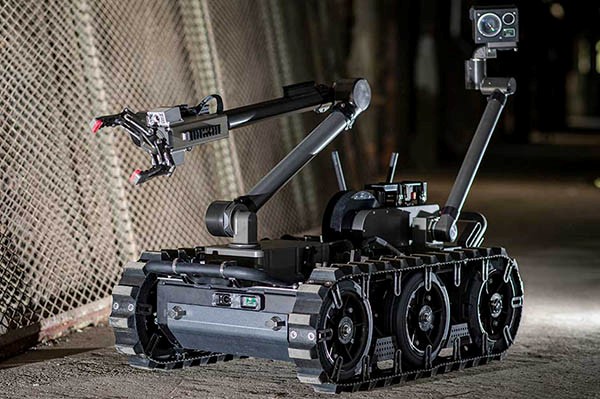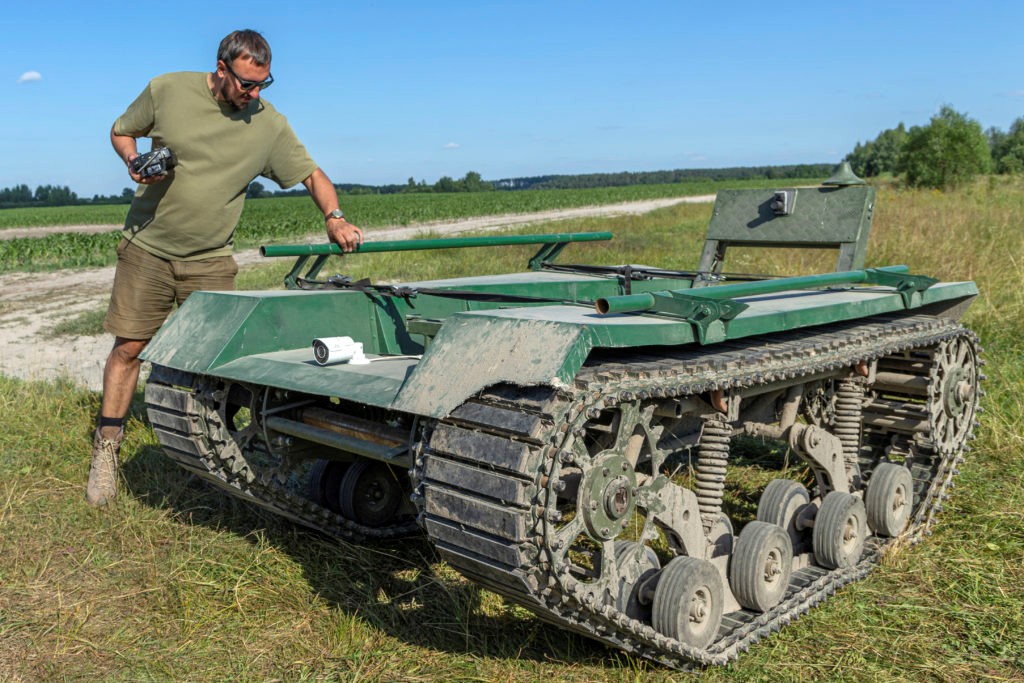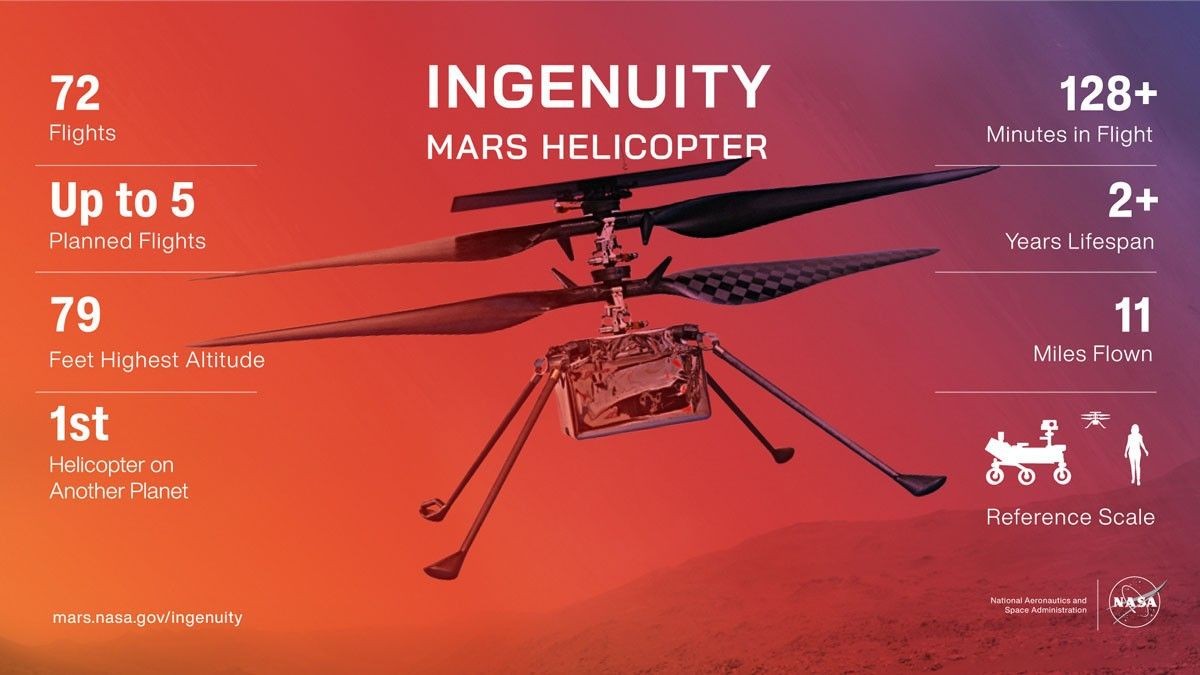As the first graphic points out, there are two basic types of robots in the defense sector.
There are those that can “think” for themselves, like unmanned vehicles that can patrol on air, land, sea, or space and make a certain number of independent decisions to complete their tasks. This sector will grow rapidly as AI matures.
Then there’s the sector that is built to help augment soldiers’ mobility, strength, safety, or security by interacting with humans and human commands.
These are getting more and more advanced, but have been around since the 1990s.

Many of these early technologies were brought home and were deployed in a variety of civilian situations for first responders, search and rescue, and other dangerous scenarios.
These early models are now giving way to a next generation of models that are re-drawing the battlespace on both land and air in particular.

Even now in Ukraine, new ideas are being built and tested in the middle of the conflict.

The crossover on many of these platforms will start showing up in civilian industry as well.
Also, the development of these increasingly intelligent machines will be key to building permanent camps on the Moon or other planets.
For example, the helicopter built by AeroVironment (NASDAQ:AVAV) called Ingenuity was supposed to last 30 days and do 5 flights.

Instead, it lasted more than 3 years, flew 72 flights, and flew 14x further than planned.
AVAV has also been a key player in drones for the military from Iraq to Ukraine.
Other Winners in Robotics
One company I need to mention in this discussion is Intuitive Surgical (NASDAQ:ISRG). It’s not technically a military company, but it allows remote surgeries and can play a major role in helping wounded soldiers and understaffed and overworked field hospitals.
The defense “primes” like Lockheed Martin (NYSE:LMT), Northrop Grumman (NYSE:NOC), BAE Systems (OTC:BAESY), as well as Honeywell (NYSE:HON) also have been working on solutions for soldiers to help create as smarter and safer battlefield.

